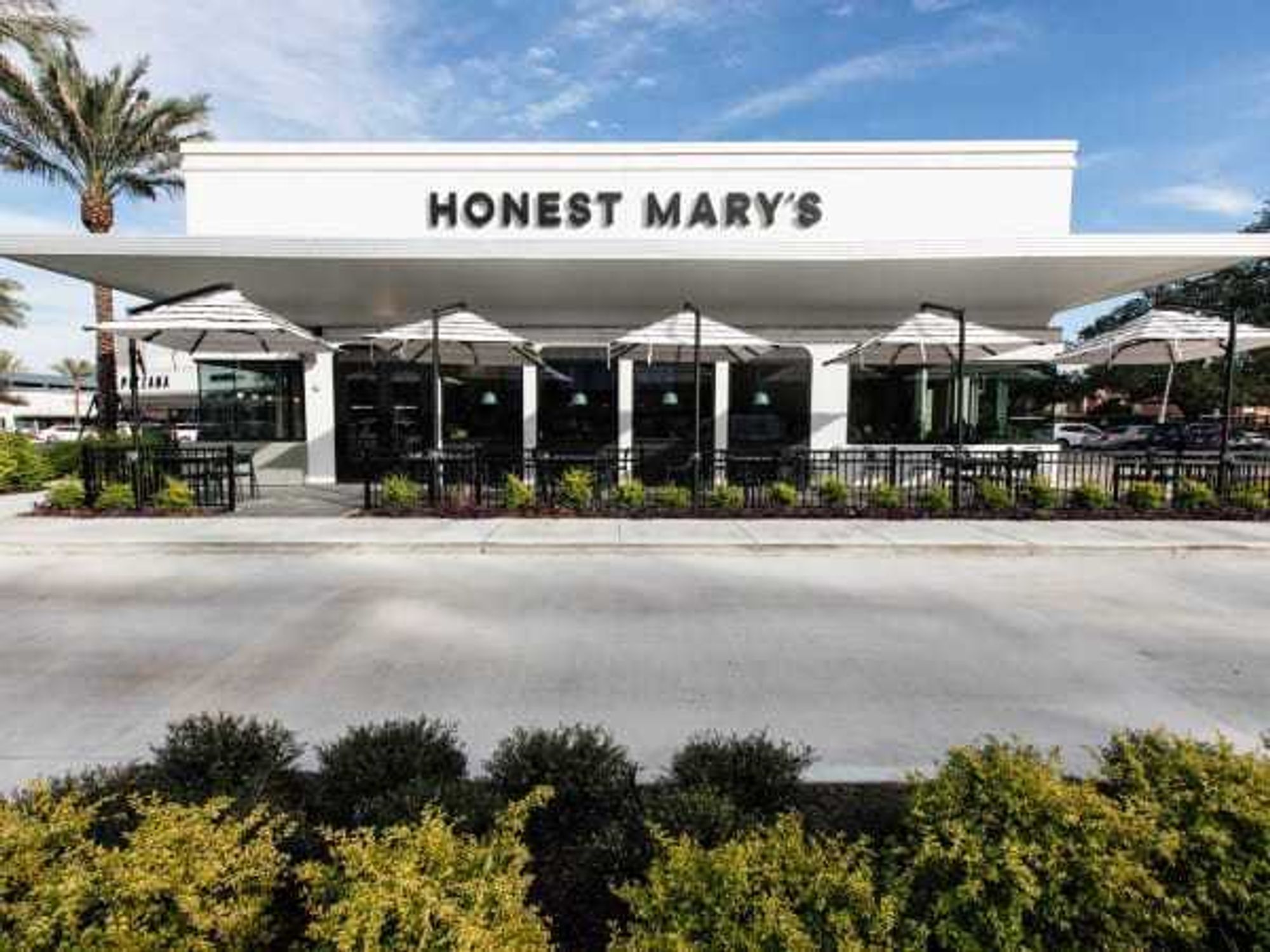trae to the rescue
Houston 'Relief Gang' rolls out to Louisiana to assist hurricane victims

Houston rapper Trae Tha Truth and DJ Mr. Rogers have hosted various toy drives, rebuilding homes, and leading the charge to get folks back on their feet after Hurricane Harvey.
Together, the two make up the Relief Gang, and now, they are en route to Louisiana. Joining them are 30 to 40 trucks, all full of supplies.
They plan to hit the ground running in Lake Charles and meet basic needs. Officials believe the city could be without power for weeks.
Trae is jumping from one cause to the next. He was just arrested again in Louisville, Kentucky, for peacefully protesting the police killing of Breonna Taylor. He plans to go back to stand by her family, but first, he has hurricane recovery work to do.
"I got straight out of jail and jumped on a flight. Any two ways I hear something happening in Houston or surrounding areas, I got to be on the front line for it," he said. "We have shovels, gloves, axes, chain saws, pallets of water, gas. I'm going to buy generators now. And since it's COVID, I have about 5,000 masks in the backseat."
In addition to the supplies Trae listed, Relief Gang has also teamed up with "Operation Barbecue" to provide meals to residents in Lake Charles. Louisiana was here for Houstonians during Harvey, so Trae says they'll gladly return the favor.
If you want to donate to the Relief Gang to help them buy more generators and supplies, visit www.angelbynature.com.
You can also donate directly to Relief Gang's Paypal account (reliefgang@gmail.com) or Trae's Cash App: $iamtraeabn.
---
For more on this story, visit our content partner, ABC13.

 The building at 4911 will be torn down for the new greenspace. Holland Lodge No. 1, A.F. & A.M./Facebook
The building at 4911 will be torn down for the new greenspace. Holland Lodge No. 1, A.F. & A.M./Facebook